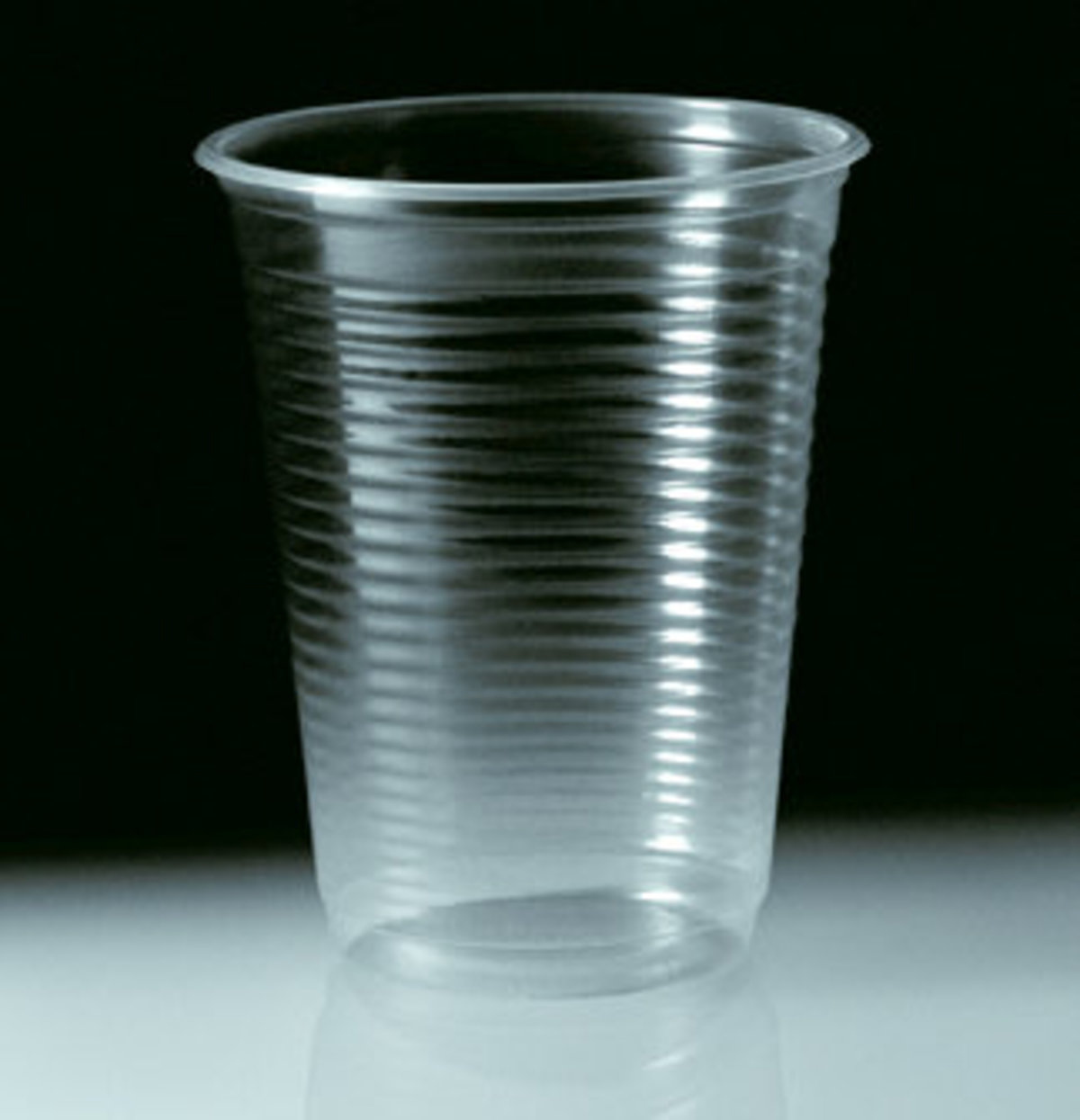Conical Frustum Roll

The plastic cup above can be considered a conical frustum. It has 9 cm of height. The greater base has a diameter of 6 cm, and the smaller one has a diameter of 4 cm. If you roll it (like rolling a barrel) on a frictionless surface, it will draw something we can consider that is a perfect circumference. What is the area, in square centimeters, of the cirfumference that was drawn?
Note : use .
The answer is 2214.
This section requires Javascript.
You are seeing this because something didn't load right. We suggest you, (a) try
refreshing the page, (b) enabling javascript if it is disabled on your browser and,
finally, (c)
loading the
non-javascript version of this page
. We're sorry about the hassle.
The ratio between the unidimensional measures is 2/3, because the greater radius is 3cm and the smaller, 2cm. When you roll the frustum, it will create a circle. However, the smaller base will go around the invisible center of the circle, not touching it. So, if this frustum was a complete cone, the vertex of the cone would touch the center of the circle. Then, to find the area of the circumference that is drawn when you roll a conical frustum, you must find the imaginary "rest" of the frustum, in other words, the whole cone. As the ratio of the unidimensional measures is 2/3, then, calculating the proportion, the height of the invisible cone is 27cm.
Now, let the vertex of this cone be A, the center of the greater base be B, and a point anywhere on the line that is the length of the greater base be C. We can now create a triangle ABC, which has a 90 degrees angle. The hypotenuse will be the measure of the line AC, the radius of the greater base is the line BC, and the height of the cone if AB. Applying the Pythagorean Theorem, we find that AC = √738 .
Note that AC is the radius of the circumference that is drawn when you roll the cup. Also, note that AC has a value which is not an integer. However, to calculate the area of the circumference, we use (√738)^2, which is 738. Let α be the area of the circumference. α = (AC^2)x π = 738x3. Hence, α = 2214 .